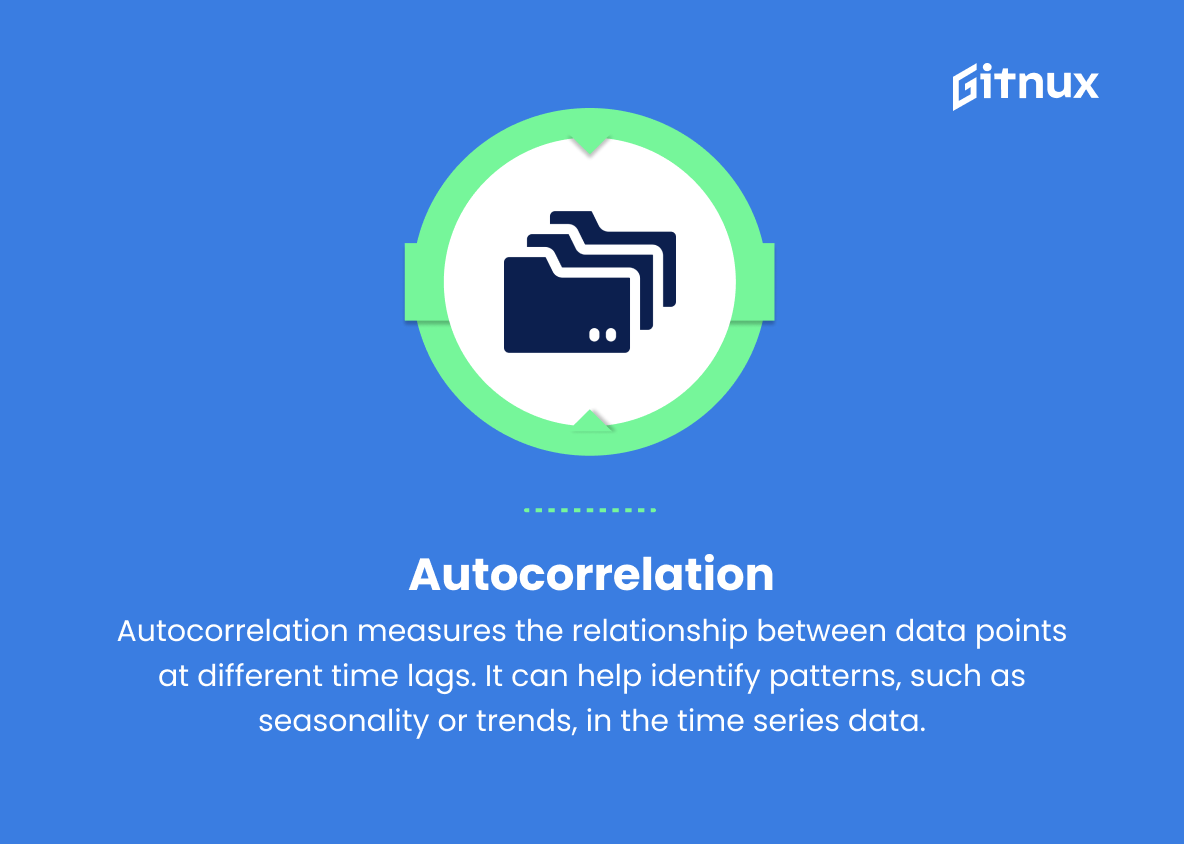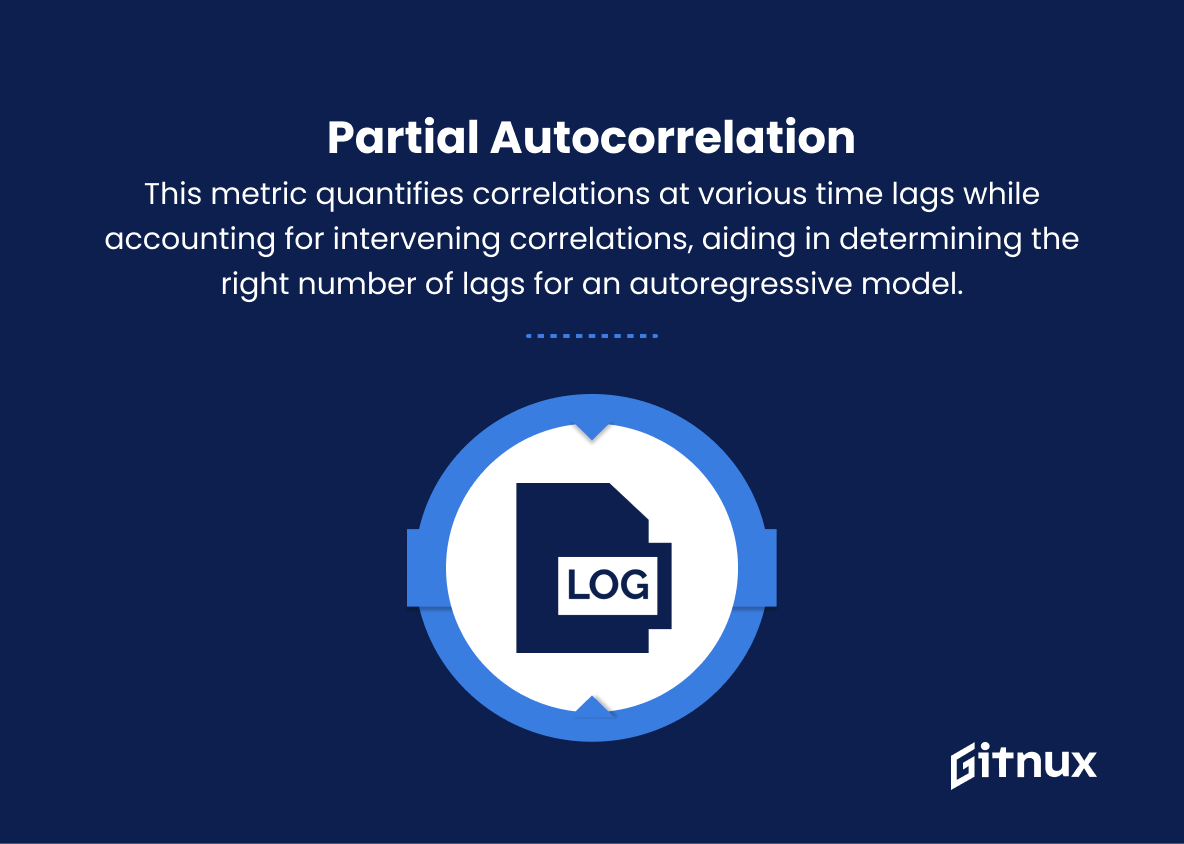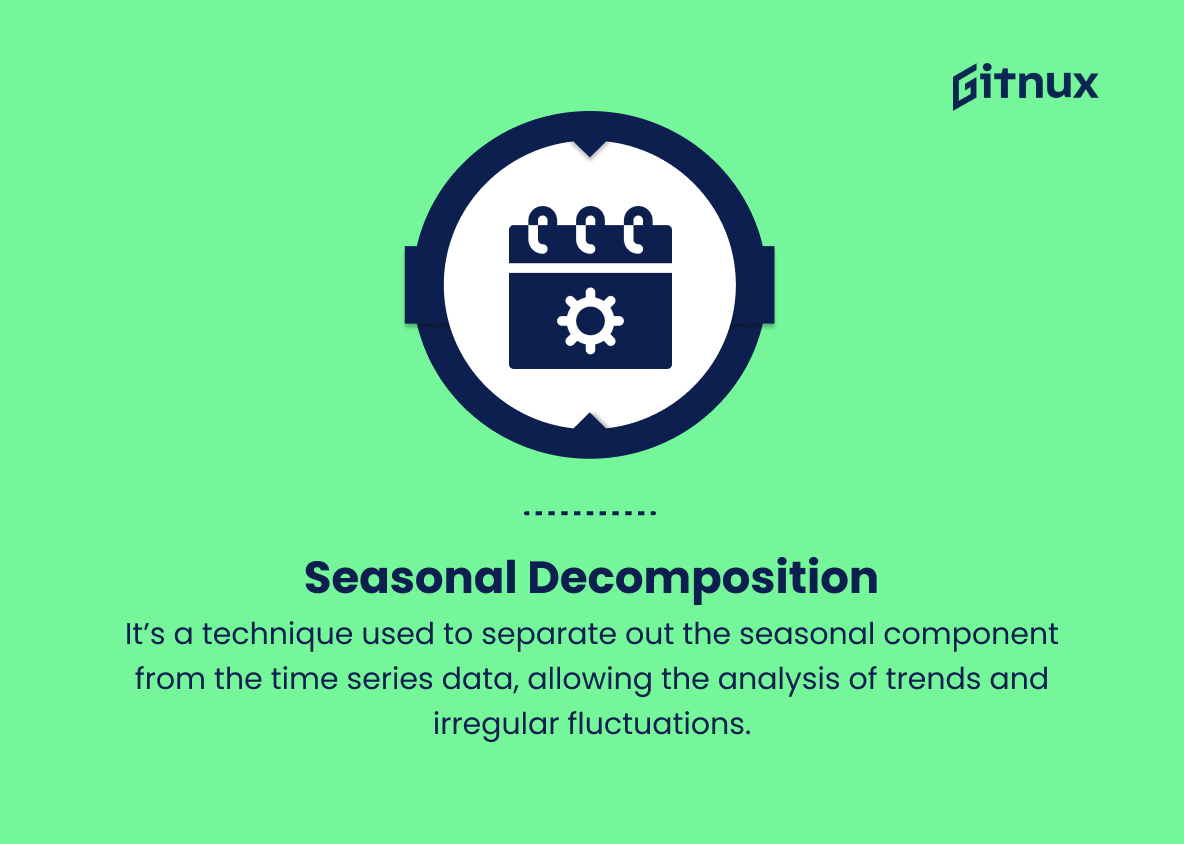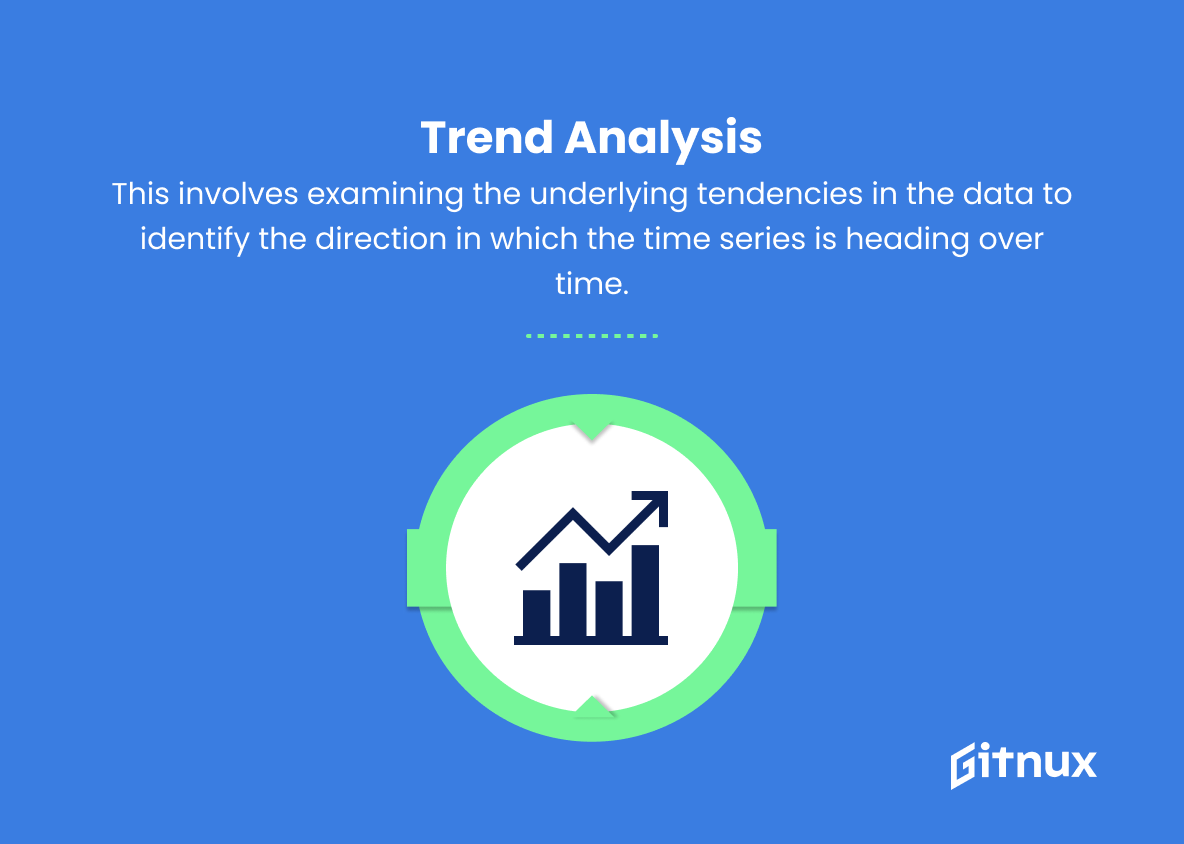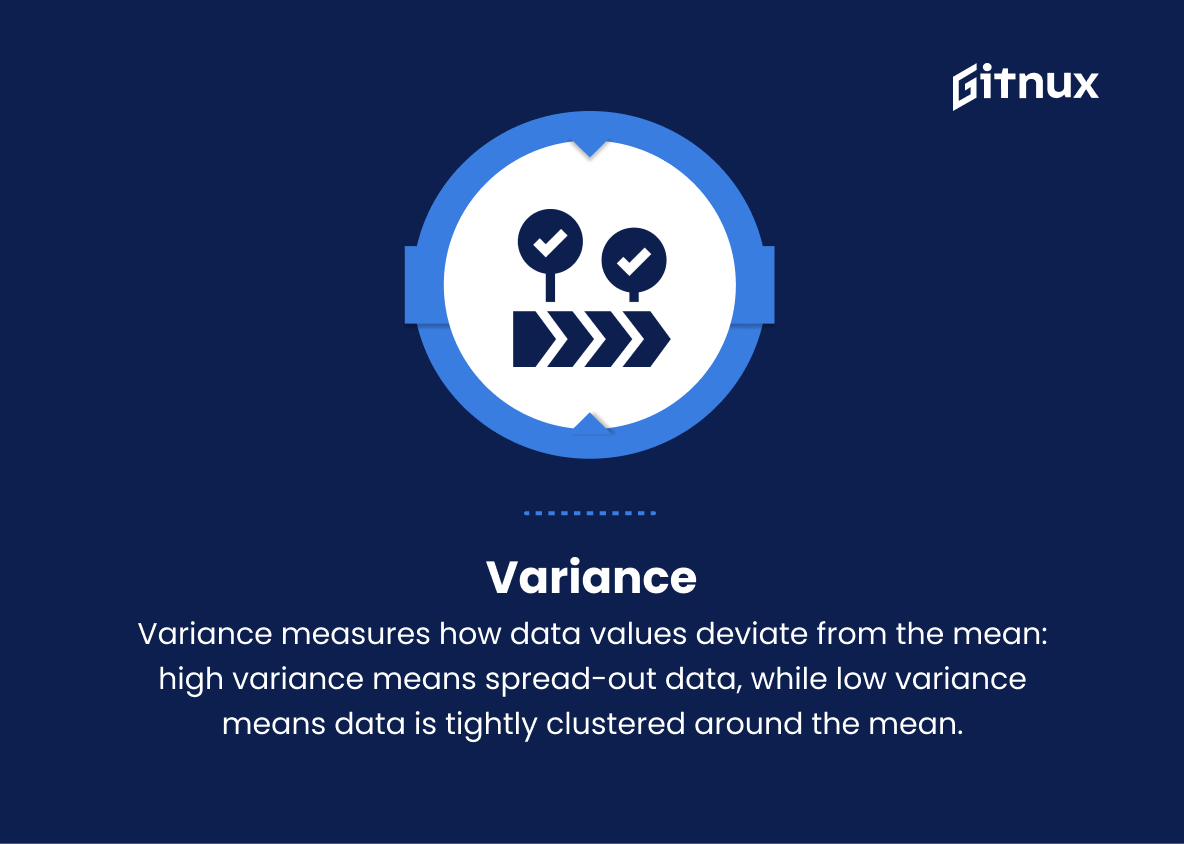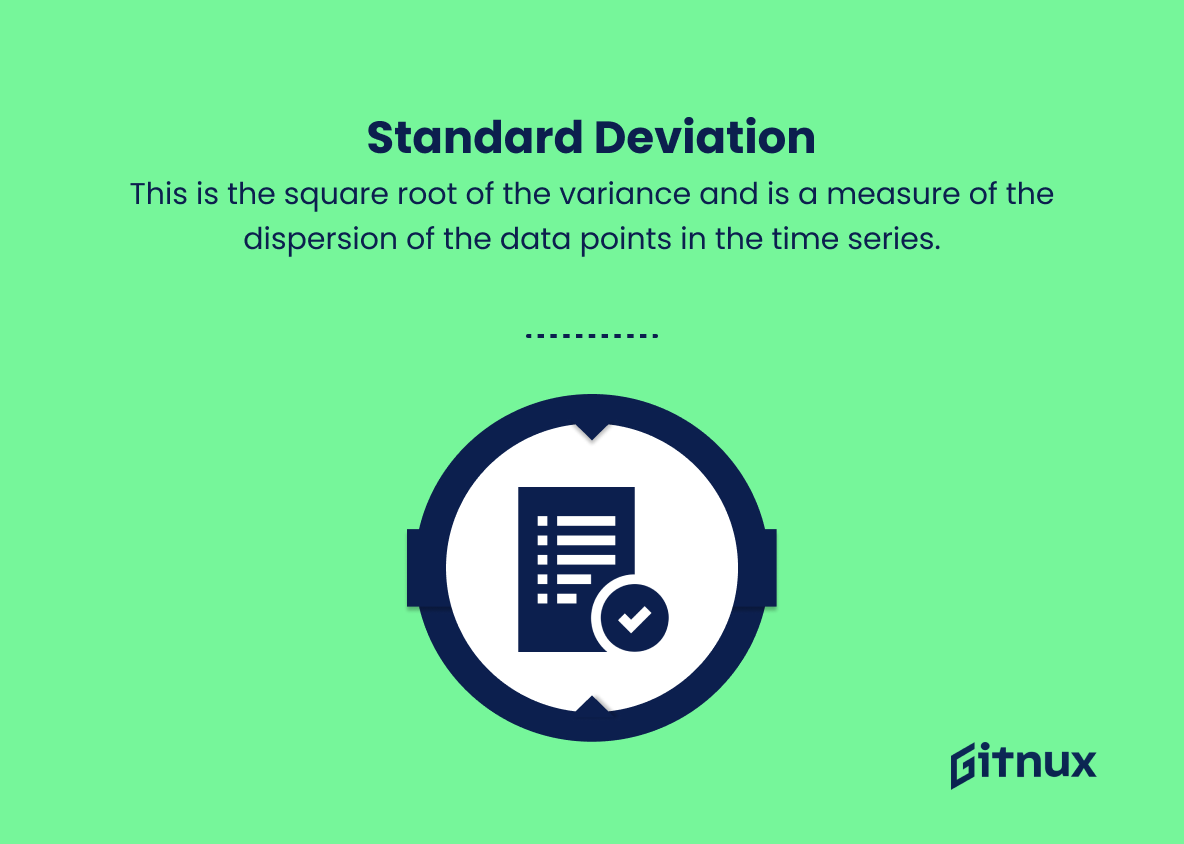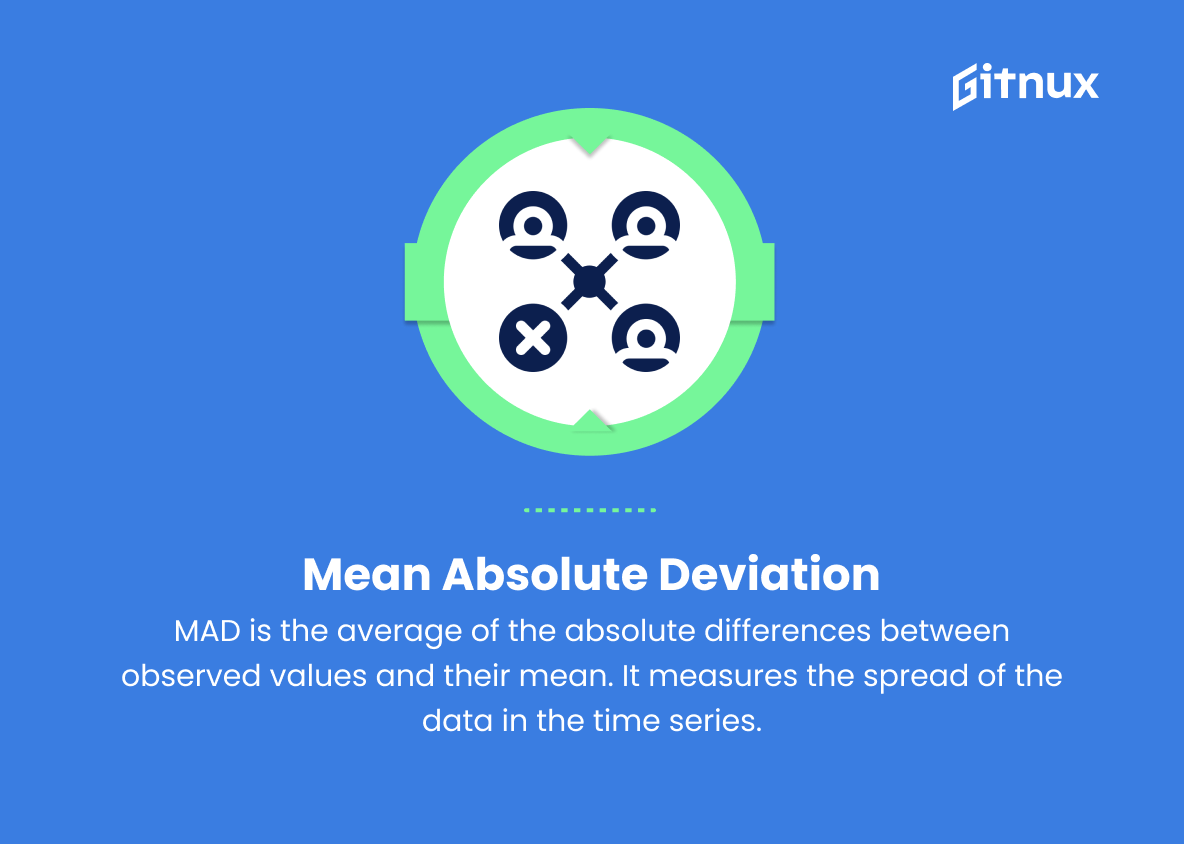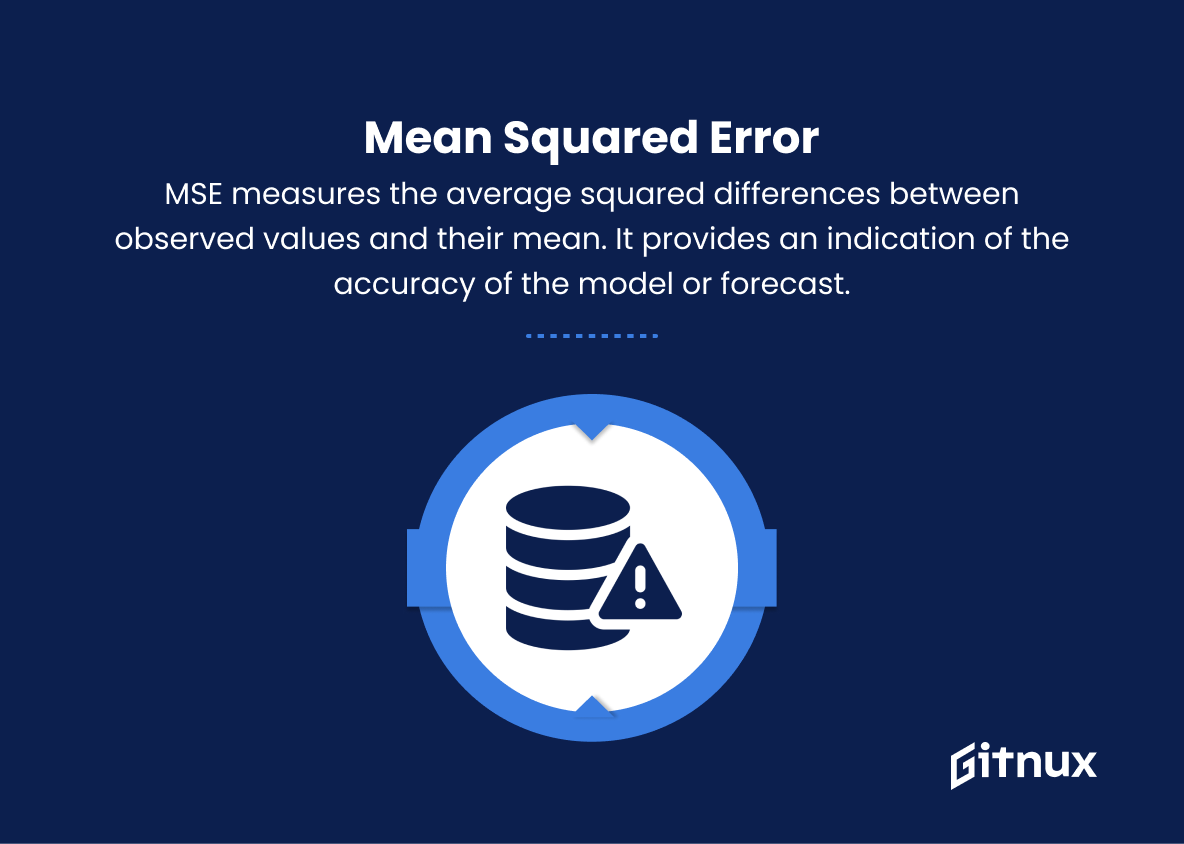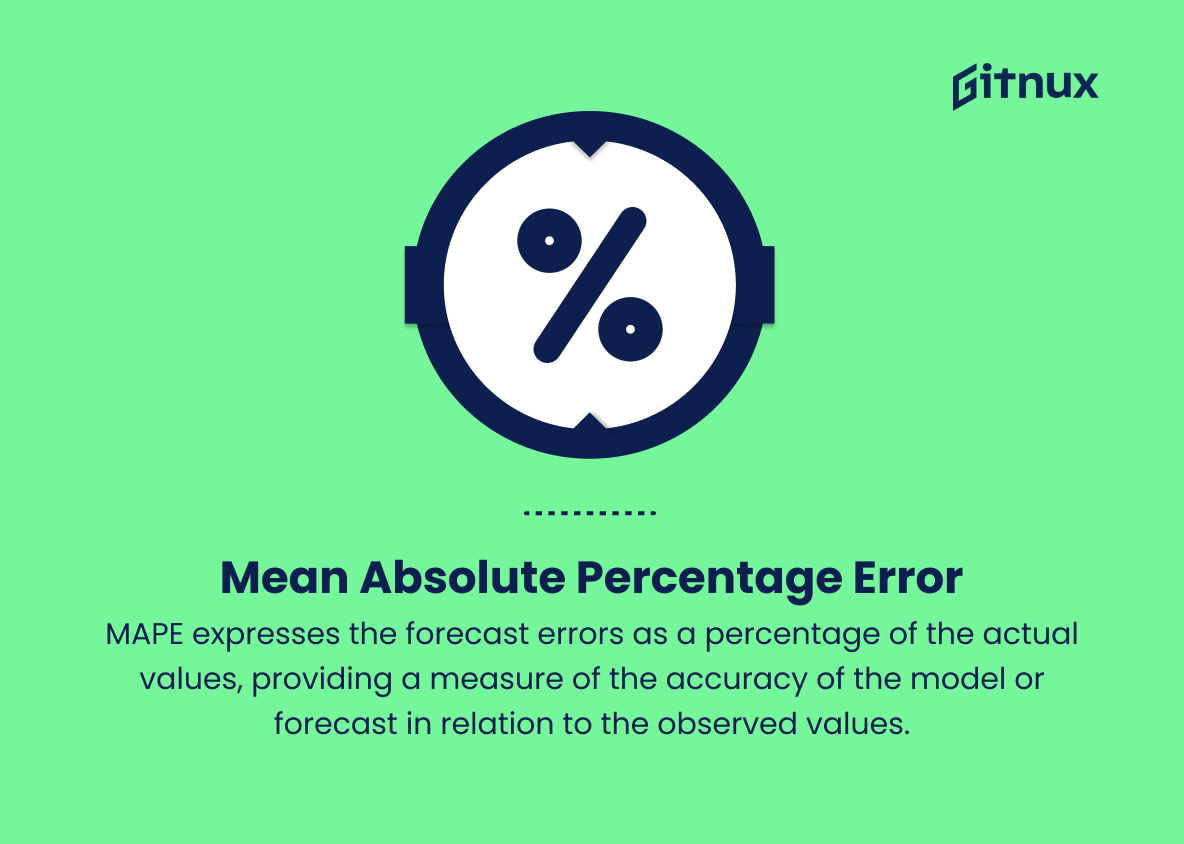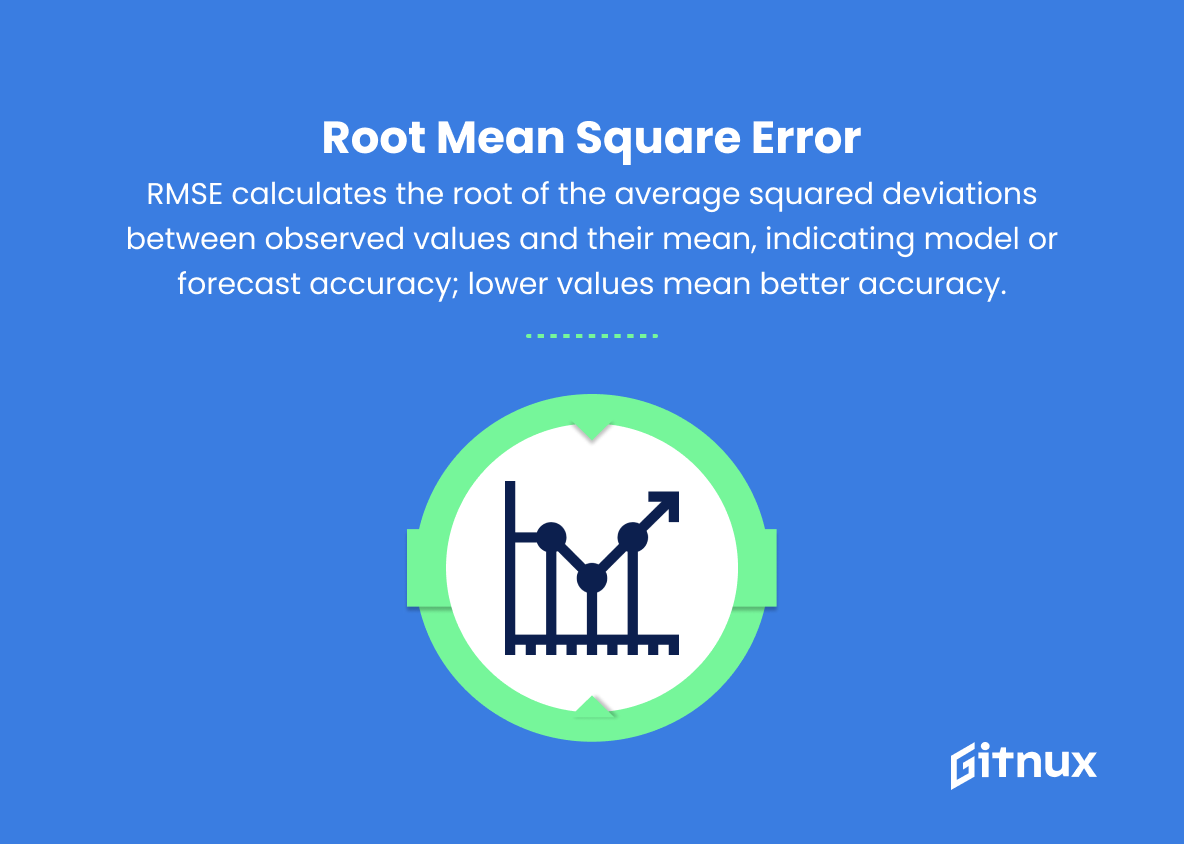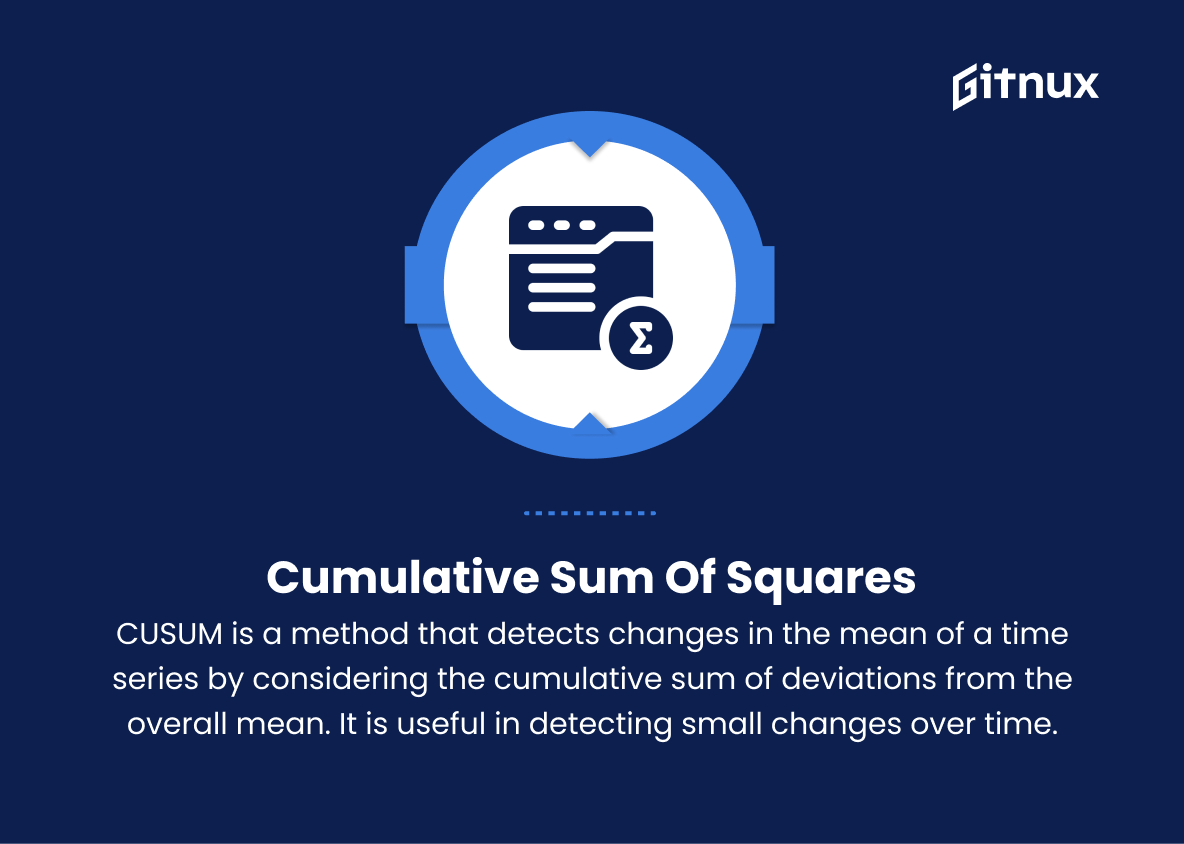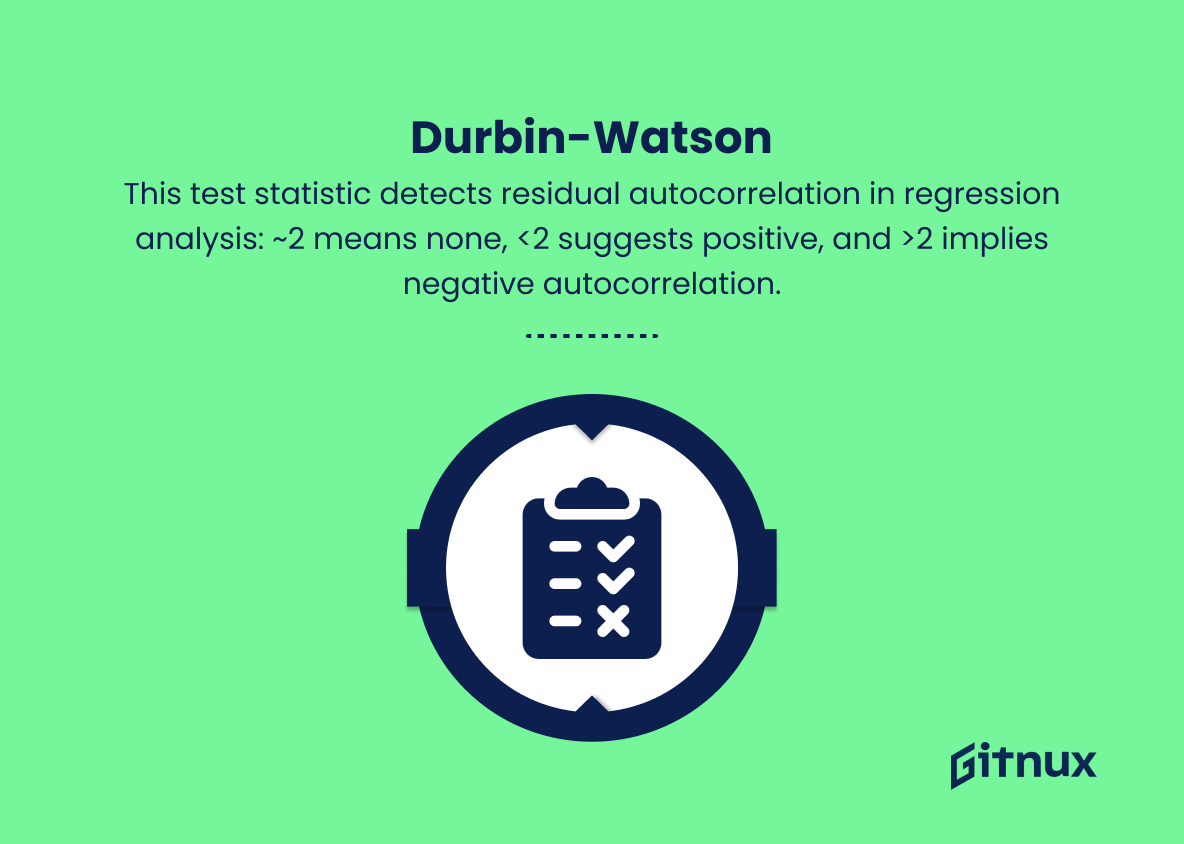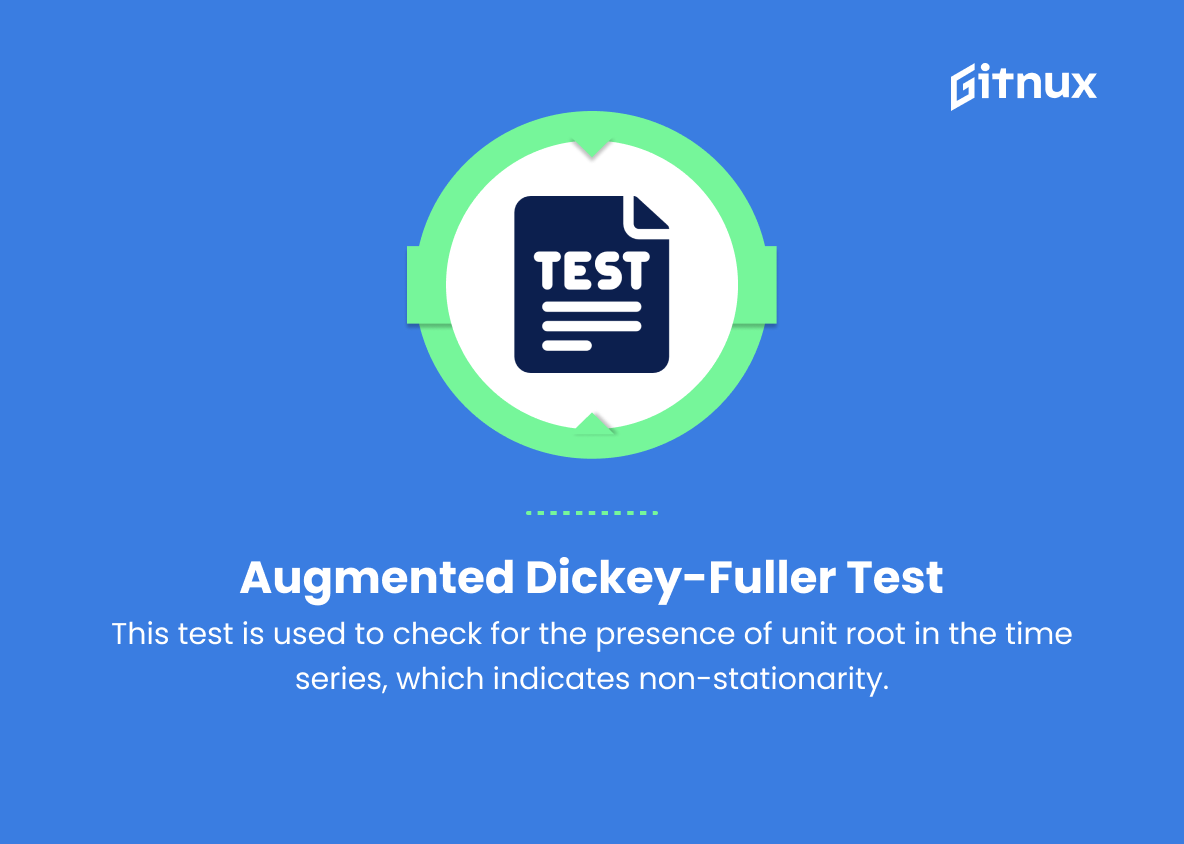In today’s data-driven world, the importance of understanding and analyzing time series data cannot be overstated. Time series metrics provide valuable insights into the patterns, trends, and fluctuations within datasets over time, allowing businesses, researchers, and even governments to make informed decisions and take timely actions.
This blog post aims to guide you through the fascinating world of time series metrics, delving deep into their significance, common techniques for analysis, and real-life applications that shape our world on a daily basis. So, hold on tight as we embark on a journey to unlock the crucial secrets hidden within the temporal nature of data.
Time Series Metrics You Should Know
1. Moving Average
The moving average is a simple technique used to smooth out short-term fluctuations and highlight longer-term trends. It is calculated by taking the average of a fixed number of data points over successive periods.
2. Exponential Smoothing
This is a method used to give more weight to recent data points, as they are typically more relevant than older data points. The prediction is updated by combining the weighted average of the past observation with the previous smoothed value.
3. Autocorrelation
Autocorrelation measures the relationship between data points at different time lags. It can help identify patterns, such as seasonality or trends, in the time series data.
4. Partial Autocorrelation
This metric measures the correlation between data points at different time lags, but controls for the correlation with points at intervening lags. It helps in identifying the appropriate number of lags to incorporate in an autoregressive model.
5. Seasonal Decomposition
It’s a technique used to separate out the seasonal component from the time series data, allowing the analysis of trends and irregular fluctuations.
6. Trend Analysis
This involves examining the underlying tendencies in the data to identify the direction in which the time series is heading over time.
7. Variance
Variance is a measure of how much the values in a time series differ from the mean. High variance indicates that the data points are spread out, while low variance indicates that they are closely clustered around the mean.
8. Standard Deviation
This is the square root of the variance and is a measure of the dispersion of the data points in the time series.
9. Mean Absolute Deviation (MAD)
MAD is the average of the absolute differences between observed values and their mean. It measures the spread of the data in the time series.
10. Mean Squared Error (MSE)
MSE measures the average squared differences between observed values and their mean. It provides an indication of the accuracy of the model or forecast.
11. Mean Absolute Percentage Error (MAPE)
MAPE expresses the forecast errors as a percentage of the actual values, providing a measure of the accuracy of the model or forecast in relation to the observed values.
12. Root Mean Square Error (RMSE)
RMSE measures the square root of the average squared differences between observed values and their mean. It provides an indication of the accuracy of the model or forecast, with lower values indicating better accuracy.
13. Cumulative Sum of Squares (CUSUM)
CUSUM is a method that detects changes in the mean of a time series by considering the cumulative sum of deviations from the overall mean. It is useful in detecting small changes over time.
14. Durbin-Watson
This is a test statistic used to detect autocorrelation in the residuals from a regression analysis. A value close to 2 indicates that there is no autocorrelation, while values significantly less than 2 or greater than 2 suggest positive or negative autocorrelation, respectively.
15. Augmented Dickey-Fuller Test
This test is used to check for the presence of unit root in the time series, which indicates non-stationarity. A lower p-value suggests that the time series is stationary and can be modeled using methods that assume stationarity.
These are some of the commonly used time series metrics, which can help analyze and forecast time series data effectively.
Time Series Metrics Explained
Time series metrics analyze and forecast data. Moving averages, exponential smoothing, and autocorrelation identify patterns. Seasonal decomposition and trend analysis examine components and tendencies. Dispersion and accuracy are measured by variance, standard deviation, MAD, MSE, MAPE, and RMSE. CUSUM detects small changes over time. Durbin-Watson and Augmented Dickey-Fuller tests check autocorrelation and stationarity. These metrics provide a comprehensive understanding of time series data for accurate forecasting and decision-making.
Conclusion
In conclusion, time series metrics offer invaluable insights into the behavior and performance of various data sets over a period of time. By leveraging the power of these analytical tools, businesses and individuals can not only make well-informed decisions but also predict future trends and potential issues.
As we continue to generate vast amounts of data, understanding the importance of time series metrics and employing them effectively will be crucial for staying ahead in today’s rapidly evolving world. So, whether you are a data scientist, business analyst, or simply an enthusiast, mastering time series metrics is an essential skill that will pay dividends in the long run.


